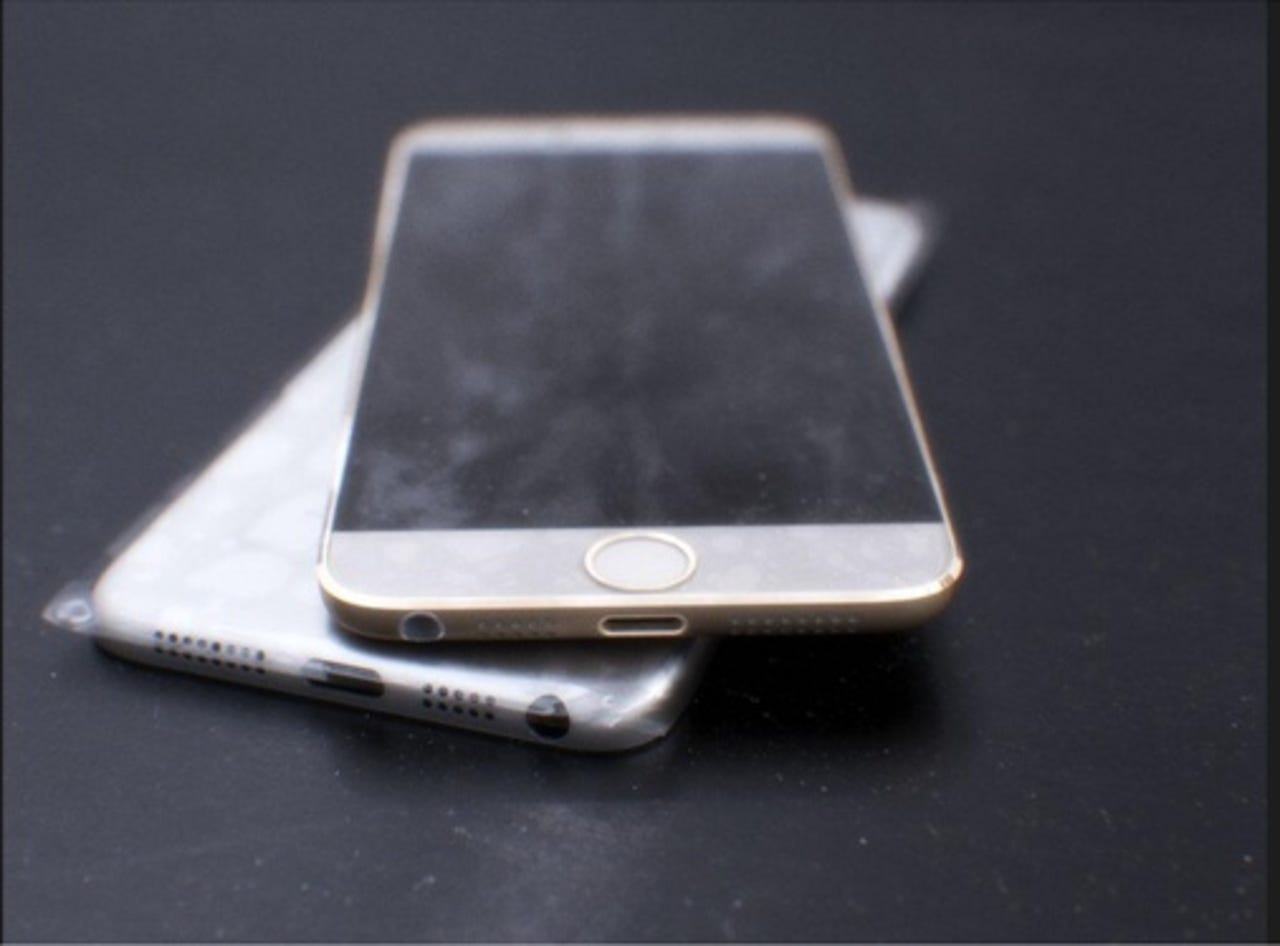How to spot a fake 'leaked' iPhone/iPad photo

The excitement surrounding Apple product releases shows no sign of abating, and over the next few months you're going to be subjected to an increasing number of photographs that claim to depict "the next iPhone" or "the next iPad".
Unfortunately, most of them will be fake.
What's more, most of them will be such bad fakes that they could only be fakier if they showed the alleged "leaked" iPhone of iPad in the hands of Bigfoot or on the bridge of an alien spaceship.
Before I go any further, let me explain why I'm good at spotting photographic fakery. Apart from being a writer and all-round tech-head, I'm also a pro-am photographer (shameless plug: see some of my stuff here) and over the years I've taken more than my fair share of product shots, including tech product shots, ranging from handheld snaps to studio stuff. I'm also pretty good with Photoshop (as long as I'm not asked to do graphic design!).
This background has given me an eye for shots I seen because:
- I know what shots out of the camera under a variety of conditions look like, and;
- I have a pretty good idea of what's possible with Photoshop and similar tools.
OK, so let's take a look at an image that was leaked earlier this week that purported to be the iPhone 6 but that were later shown to be unofficial renderings by Martin Hajek.

Straight off the bat I noticed several things about this image. The first and most obvious was the fact that it was almost completely blurry. There are two ways three ways that blur occurs naturally in a photo:
- Motion blur – Where the camera or object moved while the shot was being taken
- Out of focus – The camera didn't focus on the image before the shot was taken
- Bokeh or "stylish blur" – This is achieved by shooting the image with a wide aperture lens
Looking at the image above there's no reason to shoot to get a bokeh effect, but yet it's there (notice how the Home button is in focus but the rest of the device isn't?). Blur is the faker's friend because it can hide Photoshop trickery and give the shot a more mysterious look, and the blur in this shot looks artificial to me as opposed to real. Why would someone add that? After all, this shot seemed like a studio shot and doesn't look like it was snapped covertly from a factory floor or something. Even a half-decent camera on a smartphone under less that ideal lighting conditions shouldn't be this blurry, and it is very strange that every photo is blurry.
That consistency of the blur across multiple shots is also a giveaway.
Whenever you see blur in a "leaked" photo, ask yourself why the shot is blurry? Is it blurry because of the conditions it was taken under, or is it blurry because the blur hides sins or gives it that "confidential" look?
So that's strike one.
But wait, there's more.
Another thing to look for in shots is shadow and lighting, and this shot, along with the others that purported to be of the iPhone 6, are full of mistakes. Here are just a few examples:
Also keep an eye out for strange lighting effects, such as this:
Lighting can be all over the place in an image, and even real light can sometimes look fake. But this is undoubtedly fake because of the edges and the unnatural transitions from background to object and back to the background. Also, the same odd lighting appears in several shots.
Fake lighting is a favorite – right up there with blur – of the faker, because the eye is draw to light and it can be used to draw attention away from an otherwise obviously fakey photo.
Strike two.
Then there are textures. Or, to be more precise, repeated textures on the image. These textures have been added to make the image look real and used, but just as with camouflage patterns used by the military, it's hard to get true randomness into them.
On another of the "leaked" images we can clearly see repeated textures.
Strike three.
OK, we already have three strikes and these photos declared flakes, but there's one more thing I want to draw your attention to – graininess.
Graininess in fake photos acts like blur. Not only does it give the photo a "confidential" look, but it's also used to hide the sins of fakery. Normal grain in a photo is a natural by-product of low light (it can also be added as a stylistic element), so ask yourself why photos that look like they've been taken is good lighting have so much grain?
Finally, pay attention to detail. Look closely enough at a fake and eventually you'll find the faker has either overlooked something, or added something that shouldn't be there. In this set of photos we see both. First off, there's a SIM tray that blends far too well with the surrounding metal:
Then there are the FCC markings that wouldn't appear on a device this early:
Next time you come across a shot purporting to be the next iPhone or iPad or whatever, put to one side the excitement, take a breath and look at the picture objectively. Look at the shadows and lighting, and consider the qualities such as focus and grain, and then ask yourself if what you see makes sense.
You'll be surprised that the oddities in the image will just pop out at you.